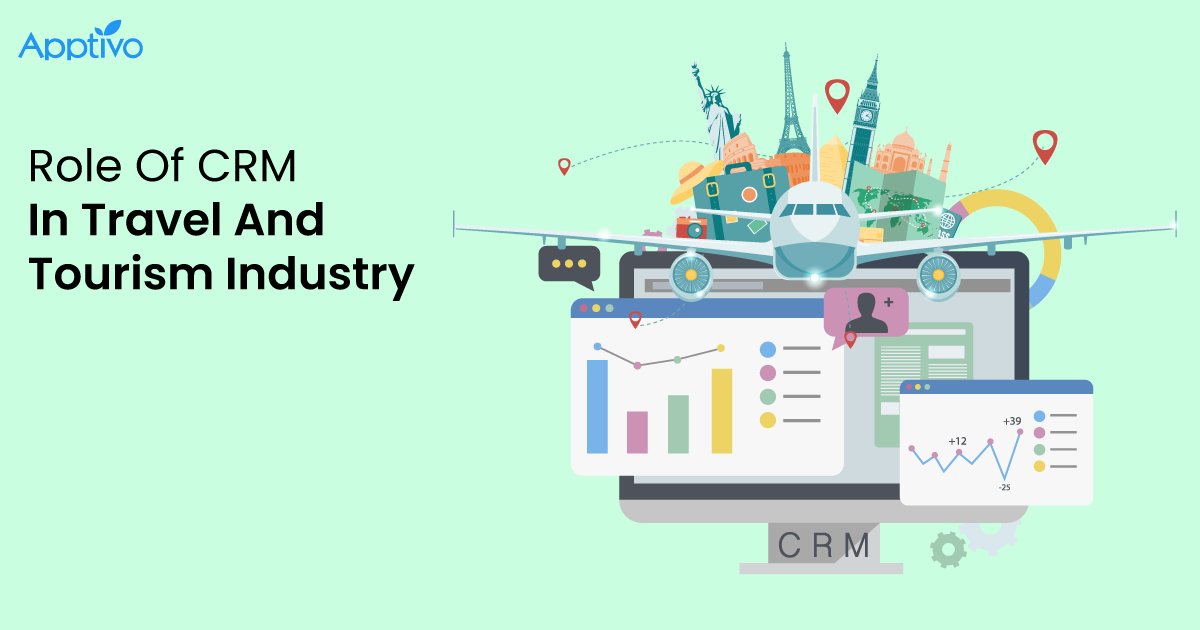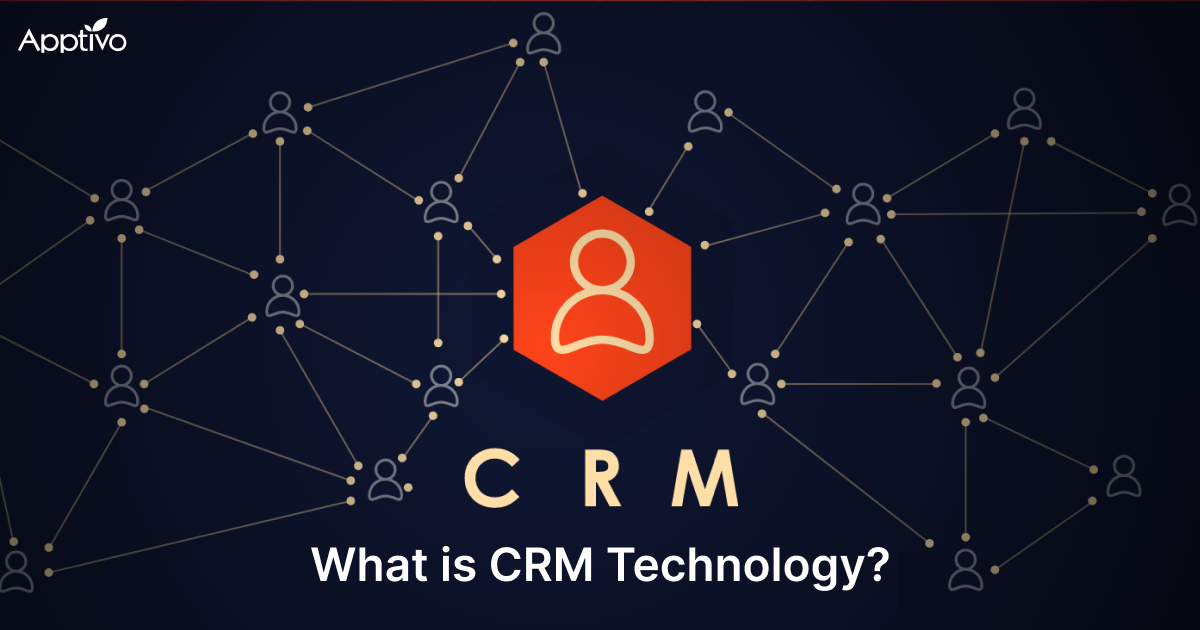 |
2. The Key Stages of the Buyer’s Journey
4. How to create a marketing funnel
5. Why do businesses need marketing funnel
You’ve probably heard a lot of people refer to the sales funnel or the marketing funnel. This is so because it encapsulates the complete customer experience, from first learning about your company to finally making a purchase. As consumers discover more about your products or services, leads go down the funnel starting at the top. It incorporates every touchpoint. The customer journey is illustrated by a funnel: many customers will first become aware of you, and progressively, many among them start considering the purchase and do research and seek opinions, and few actually get convinced that your product or service is ideal for them and make the purchase. Incidentally since many, if not most, do not make the purchase, the representation takes the shape of a Funnel. To identify what a prospect needs to advance along the journey, sales and marketing teams must have a thorough understanding of each stage of the marketing (or sales) funnel.
The idea of a funnel could be strange or perplexing to you if you’re new to marketing. Fortunately, it’s really simple to comprehend and effective once you start using it. This concept can take your marketing efforts from random and unpredictable to consistent and effective.
The Key Stages of the Buyer’s Journey – Marketing funnel
Every step of the funnel is intended to take prospects who are originally clueless or only vaguely familiar with your products and turn them into knowledgeable, devoted consumers. The marketing funnel is composed of three major phases:
- Top of funnel (TOFU)
- Middle of funnel (MOFU)
- Bottom of funnel (BOFU)
These phases have particular requirements, objectives, and actions.
- Top of funnel: The potential customer learns about a company, product, or service.
- Middle of the funnel: The potential customer expresses interest and assesses whether the good or service meets their unique needs.
- Bottom of the funnel: The prospect decides to buy the good or service after acting.
Nevertheless, how does this actually appear? The purchase process is never this straightforward, as you are aware, thus it’s important to comprehend and identify the behaviors associated with each stage. The middle of the funnel can be very difficult, even though the top and bottom are a little easier. Let’s examine a case in point. So, a potential customer named Wikki wants to purchase a new cell phone for his ailing father.
- Wikki observes an advertisement on television for a cell phone with big, accessible buttons. (Awareness.)
- He next researches the model online and reviews its additional features. He inquires with his pals about the phones their aging parents use. Moreover, he reads customer reviews for the advertised phone. (Consideration & Evaluation.)
- When Wikki finally finds a deal online, he decides to purchase the phone. (Purchase.)
What is a marketing funnel?
The marketing funnel concept, which has been around for more than a century, categorizes significant turning points in the purchasing process, from awareness to consideration to decision to loyalty. The customer journey, sometimes known as the conversion funnel, is related to it, but the path to purchase nowadays is much more complicated, and very few customer journeys will exactly match the funnel. A more thorough strategy, like full-funnel marketing, is used in successful marketing efforts to target customers at every stage of the buying cycle.The design of the marketing funnel reflects the notion that, in the early phases of a customer’s purchasing process, marketers cast a wide net to engage as many prospects as possible before nurturing those leads through each stage of the funnel. When you reach the bottom of the funnel, you have shoppers who are most likely to convert and, hopefully, turn into devoted clients. The audience becomes more focused as you progress down the funnel.
Here’s a hypothetical scenario showing how a marketing funnel could work:
- On Google, someone types in “how to change my oil.”
- Your company prioritizes SEO, so a blog post on that topic appears towards the top of the search results. They thus click to read more.
- They enjoy the blog article and begin to regard you as a subject-matter authority.
- Thank goodness you made a free download so folks can learn more about other DIY automobile projects. They only need to enter their email address.
- You can now start contacting them to nurture them as a possible customer since you have their email.
- More automated emails that discuss car maintenance have been set up by you. These are created to benefit the reader and foster brand loyalty.
- It’s time to approach them with a sales pitch once you’ve provided them with a few useful emails. How your auto repair shop helps them maintain their automobile functioning is described in your most recent communication.
- They decide that they would rather pay you to replace the oil in their automobile because they are so impressed with your blog and emails. You have a new consumer as quickly as that.
As customers take the above journey, in stage 1 to 2 they are in awareness, stage 3-6 is consideration and stages 7 & 8 are conversion based. As there are many steps and touchpoints in this process, mapping which customers are currently being engaged by you in each stage will give your Marketing funnel.
How to Create a Marketing Funnel
Here is a pretty basic game plan to develop your own marketing funnel. Additionally, there are only four steps in it:
- Choose which funnel marketing stage to start with
In reality, this is extremely easy. You should prioritize particular funnel stages first depending on where your business is at that particular time:- Bottom up Approach: You should start working on the bottom of the funnel and work your way up to the top if you already have a constant stream of clients who regularly buy your goods. By doing this, you’ll be able to increase the revenue you already bring in.
- Top-down Approach: Working on your top-of-the-funnel strategies should be your first priority if your company isn’t yet making sales. As you begin to receive more traffic and leads, you should go down the funnel. Building an audience to whom you can later sell your goods will be possible if you concentrate on the top of the funnel.
- Activity Based Approach: Alternatively, mapping standard customer interactions from a Marketing perspective will enable you to design a Marketing Funnel that you can control by increasing activities planned at each stage.
- Pick one or two tactics for each funnel stage
For each level of your funnel, you can adopt different strategies and plans. Create one or two strategies and concentrate solely on them; you will often achieve better results with a few strategies that were flawlessly executed than with ten strategies that were just somewhat effective. - Create content for each strategy
You’ve chosen your strategy, so it’s time to make the content assets you’ll need to put into practice. Once more, simplicity and exclusion are your best allies. Work exclusively on the essential things you need to get your strategy moving. Don’t try to produce a year’s worth of material. - Connect and build continuity
It’s time to connect and create continuity between each stage of your funnel once you’ve worked on and carried out strategy for at least two of its stages. This entails doing everything you can to aid in the progression of individuals through the funnel.
Why do businesses need marketing funnel
Having visibility of leads and opportunities across the marketing funnel enables marketers to ensure the following:
- Avoid Lead & Opportunity Leakage
Marketers spend considerable time and effort to gather leads through various activities. To ensure those efforts do not go to waste, and to ensure maximum conversions, marketers should have a constant eye on the funnel. Since it is human nature to focus on hot and most prospective leads, many prospects are likely to drop out and hence the funnel is said to have sprung leakages. Tracking funnel numbers, marketers can fix leakages. - Segmented Funnels
Take a subset of the entire marketing funnel to have insights into behavior of various segments of prospects like demographics, geography and see how it affects the purchase decisions. - Strategise and Activity Planning
Data has one purpose – to be analyzed. Analyzing the marketing funnel and tracking progression of customers through the funnel will help give insights to marketers – based on which they can create strategy and action plans. - Insights into your sales cycle
The Marketing Funnel is capable of giving incisive analyses like Age of Lead, Conversion ratios, Lead Quantity, Lead Quality etc., - Resource Planning to address customers at Each Stage
Having visibility of the entire funnel enables marketers to plan resources to handle leads and opportunities to ensure there are no leakages. - Re-engage with Spill over / Lost Customers
Based on the sales cycle and product life-cycle, even if some leads and opportunities are lost in this cycle, the same contacts can be re-targeted in the next sales cycle therefore enabling the marketing team to maximize conversions.
Marketers now have a golden opportunity to win over new clients and maintain the loyalty of current ones with a greater grasp of their consumers’ needs and decision-making processes across the entire funnel.
Footnotes
Marketing funnels can be both flexible and sophisticated. It can sometimes feel overwhelming when building one for the first time. To avoid feeling overwhelmed, just start where it makes sense and work your way around the same. Take into account the locations and media your target audience is most likely to use and respond to. Setting up omnichannel, cross-platform funnels is frequently a smart long-term objective since it gives you the finest opportunities to engage your audience in the ways they most want to be engaged. There will always be some trial and error involved, but in this case, casting a wide net is the wise move.
Latest Blogs

Role Of CRM In Travel And Tourism Industry
Travel and tourism have been a significant part of everyone’s life since the ancient period. When we skim through the pages of history, It should be noted that humans were initially nomads before they became settled in one place. They...
Read more →
WHAT IS CRM TECHNOLOGY?
Introduction CRM is a technology that helps manage the entire customer information and interactions in order to build and maintain superior customer relationships. The CRM solution replaces spreadsheets and other different applications, which makes it easy for the businesses to...
Read more →
Everything you need to know about the Annual Maintenance Contract!
1. What is an Annual Maintenance Contract? 2. Benefits of Maintenance Contracts 3. How can Apptivo CRM help you manage maintenance agreements and vendors? 4. Summary .synonyms { padding: 30px; border-radius: 10px; padding-top: 10; background: #ecf3ff; } Think about getting...
Read more →
